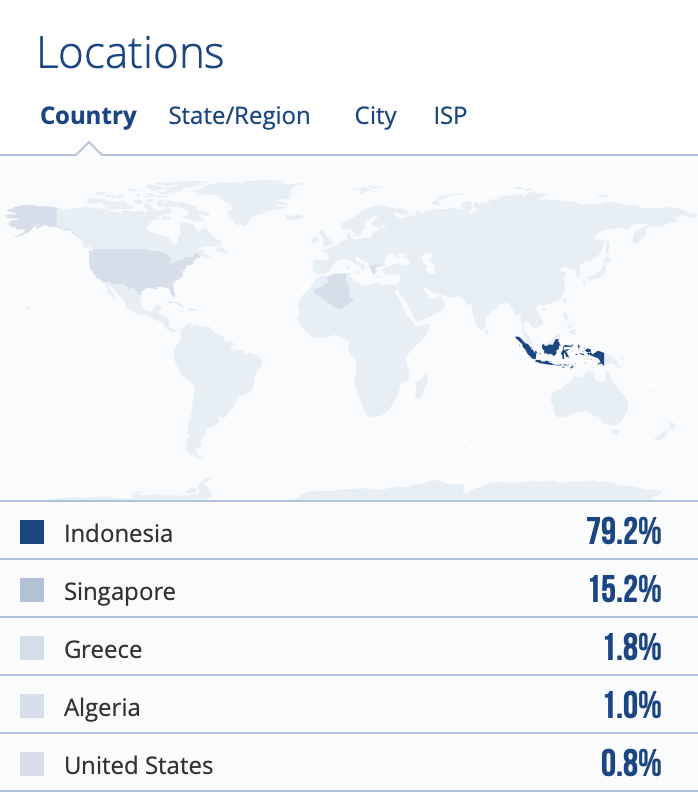Navigating Complexity: Authentic Materials and Writing Development in a Pioneer School Program
DOI:
https://doi.org/10.31980/eealjournal.v8i1.2614Keywords:
Authentic Material, character education, learning strategies, active methods, learning outcome improvementAbstract
This study aims to explore the use of authentic materials in teaching writing within the School Mover program. Through a project-based learning approach, the research demonstrates that integrating authentic materials—such as news articles, social media posts, and song lyrics—significantly enhances students’ writing skills in Class VIII B of the 1st state junior high school in Garut, West Java, Indonesia. The use of authentic materials not only makes the learning process more engaging and relevant but also increases students’ motivation and participation. The findings reveal improvements in students’ ability to organize ideas logically, use appropriate vocabulary, and apply correct grammar. Additionally, support from teachers and peer feedback played a crucial role in the successful implementation of authentic materials. Although students initially faced challenges in understanding complex texts, strategies such as text simplification and the use of visual aids helped them overcome these obstacles. This study recommends further use of authentic materials in various educational contexts to improve students’ language skills.
References
Abraham, A. (2018). Authentic Materials Enhance Student’s Writing On Descriptive Text . Jurnal Pendidikan dan Pembelajaran Khatulistiwa (JPPK),.
Alfaki, I. M. (2015). The effect of using authentic materials in teaching vocabulary to EFL learners. International Journal of English Language Teaching, 8(7), 64-72.
Al Azri, R. H., & Al-Rashdi, M. H. (2014). The effect of using authentic materials in teaching. International journal of scientific & technology research, 3(10), 249-254.
Andi, A. (2018). Online Authentic Materials in Teaching English for EFL Students. ResearchGate. Retrieved from https://www.researchgate.net/publication/376727081_ONLINE_AUTHENTIC_MATERIALS_IN_TEACHING_ENGLISH_FOR_EFL_STUDENTS
Andi Kamariah, D. H. (2018). Developing Authentic-based Instructional materials for writting skill. Journal of Language Teaching and Research.
Bass, B. M., & Riggio, R. E. (2006). Transformational leadership (2nd ed.). Lawrence Erlbaum Associates.
Chamba, M. E. V., Reinoso, E. V. C., & Rengifo, M. S. C. (2019). Authentic materials: A motivational resource in the EFL classroom. Revista Electrónica Formación y Calidad Educativa (REFCalE), 7(1), 107-122.
Gilmore, A. (2007). Authentic materials and authenticity in foreign language learning. Language Teaching, 40(2), 97-118.
Grys, J. W. (2011). Implicit leadership theory and Bass and Riggio's (2006) transformational leadership model as a means of leader-renewal at the Napa Community Seventh-day Adventist Church.
Güner, Ş. D. (2017). The Impact of Authentic Material Use on Development of the Reading Comprehension, Writing Skills and Motivation in Language Course. International Journal of Instruction.
Harmer, J. (2007). The practice of English language teaching. Pearson Longman.
Heitler, D. (2005). Teaching grammar in context. Delta Publishing.
Kamariah, A. (2018). The use of authentic materials in improving students' reading comprehension. English Education Journal (EEJ), 9(2), 588-601.
Kellogg, D., & Raulerson, T. (2007). The power of authentic materials for listening comprehension in the EFL classroom. The Internet TESL Journal, 13(11).
Kusumawardani, R., Santosa, R., & Roschsantiningsih, D. (2018). Explore the Use of Authentic Materials to Teach Reading for Junior High School. International Journal of Multicultural and Multireligious Understanding, 5(4), 298-307.
Lestari Setyowati, &. S. (2019). AUTHENTIC MATERIALS FOR TEACHING WRITING: A CRITICAL LOOK. International Journal of Language Education, 69.
Lukman HB, R. S. (2024). Using Authentic Materials to Improve Paragraph Writing Skills in senior high school. e Journal of English, Culture, Language, Literature,and Education.
Lukman, H. B. (2024). The Role of Authentic Materials: Using Real-world Resources to Enhance Language Proficiency. Lingua Learn. Retrieved from https://lingua-learn.com/the-role-of-authentic-materials-using-real-world-resources-to-enhance-language-proficiency/
Mascolo, M. F. (2009). Beyond student-centered and teacher-centered pedagogy: Teaching and learning as guided participation. Pedagogy and the human sciences, 1(1), 3-27.
Masood, M. (2013). Exploiting Authentic Materials for Developing Writing Skills at Secondary Level. Journal of Literature, Languages and Linguistics, 1(1), 57-63.
Noprianto, E. (2017). Student’s Descriptive Text Writing in SFL Perspectives. Indonesian Journal of English Language Teaching and Applied Linguistics.
Parmawati, A., & Yugafiati, R. (2017). Using authentic materials to increase students’ reading interest. ELT in Focus, 1(1), 1-6.
Rahayu, S., & Zainuddin. (2021). Authentic Material Media to Enhance Students' Reading Descriptive Text. English Education Journal, 9(1), 100-110.
Rahman, M. S. (2013). Collaborative learning: An effective strategy in the ESL classroom. US-China Education Review B, 3(1), 55-62.
Rao, P. S. (2019). Task-based language teaching approach: Its effectiveness in enhancing communicative competence. Research Journal of English Language and Literature (RJELAL), 7(3), 168-175.
Rao, P. S., & Durga, K. (2018). The importance of writing skills in academic success. Journal for Research Scholars and Professionals of English Language and Literature, 4(2), 1-6.
Redante, R. K. (2015). The effectiveness of using authentic materials in teaching descriptive text toward students' writing ability. Linguistics and ELT Journal, 3(1), 1-10.
Reininta Kesuma Redante, P. R. (2015). Comparative Study of Authentic and Modified Materials in Teaching Descriptive Writing. Comparative Study of Authentic and Modified Materials in Teaching Descriptive Writing (Doctoral dissertation, Lampung University.
Reininta Kesuma Redante, P. R. (2015). COMPARATIVE STUDY OF AUTHENTIC AND MODIFIED MATERIALS IN TEACHING DESCRIPTIVE WRITING. Comparative Study of Authentic and Modified Materials in Teaching Descriptive Writing (Doctoral dissertation, Lampung University.
Setyowati, L. (2019). Authentic Materials for EFL Writing: Why and How?. Eckll Journal of Education, Culture and Language Literature, 2(1), 41-50.
Setyowati, L., & Sukmawan, S. (2019). Authentic Materials for Teaching Writing: A Critical Look. International Journal of Language Education, 3(2), 68-77.
Sri Rahayu Siregar, a. Z. (2012). Authentic Material Media to Enhance Students’ Reading Descriptive Text. English Journal for Teaching and Learning
Sundana, A. (2017). The use of authentic materials to enhance students’ speaking ability in secondary EFL classroom. RETAIN, 5(3).
Sundana, A. (2018). The effects of authentic materials on students' writing of procedural text. ResearchGate.
Vygotsky, L. S. (1978). Mind in society: The development of higher psychological processes. Harvard University Press.
Downloads
Published
How to Cite
Issue
Section
License
Copyright (c) 2025 English Education and Applied Linguistics Journal (EEAL Journal)

This work is licensed under a Creative Commons Attribution-NonCommercial-ShareAlike 4.0 International License.






